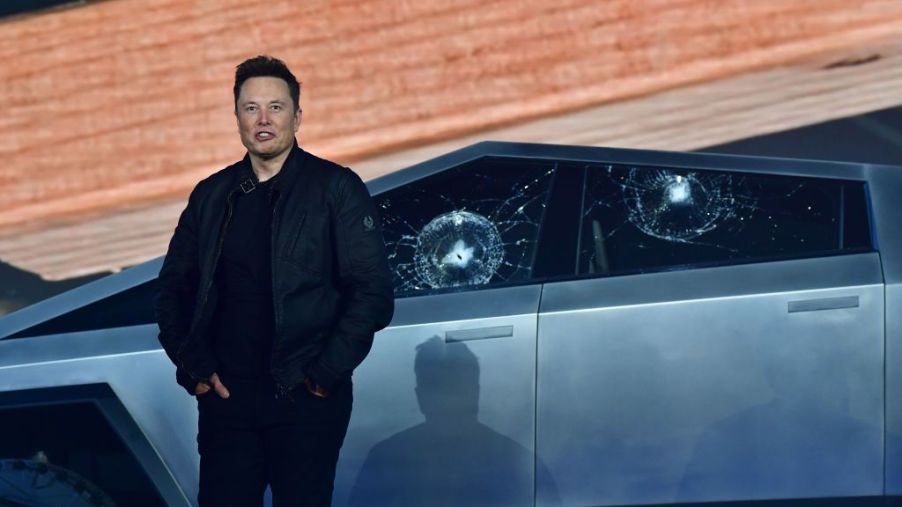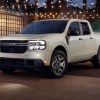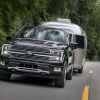
Does Tesla’s Cybertruck Have More Problems Than People Think?
The introduction of Tesla’s Cybertruck has been all over the news. With a widely varied reception ranging from outrage to accolades and everything in between, it even took us a while to provide basic specs. Now that the media frenzy has started to die down, reviewers are taking the opportunity to look more closely at the overall performance, and it appears that there may be a few more problems with the Tesla Cybertruck than anticipated.
Functionality issues
Although the theatrics of the release highlighted the not-so-unbreakable windows, Tesla’s Cybertruck exhibits a few more functionality problems that will need to be addressed if it wants to have any chance of competing in the pickup market. According to a recent review by Motor Trend, Tesla has a lot of work to do.
First, let’s be honest, one of the main reasons to buy a truck is to use it for hauling. With the Cybertruck, hauling becomes a surprising problem. The distinctive design includes stainless steel sail panels that obstruct access to the bed from either side, making it impossible to enter the truck from anywhere other than the tailgate.
The panels also prevent the mounting of accessories on the bed rails, thereby limiting the type of loads that can be transported. In addition, while there is additional space due to the absence of wheel wells, the bed’s flat bottom limits users’ ability to get a grip on heavy or flat objects.
Overall, the Cybertruck may be classified as a pickup, but its bed design severely hampers its ability to work as one.
Missing safety features
In addition to the problems with bed functionality, Tesla’s Cybertruck has a few flaws that may make it downright dangerous. The truck’s triangle design and low-fitted engine give it significant roll resistance, but this benefit is far outweighed by other safety features, or lack thereof.
To start, the current Cybertruck model offers very limited visibility. Between the sail panels, wide A-pillars, and angular windows, there are significant blind spots. In addition, there are no rearview or side-view mirrors. Although the lack of visibility might be somewhat mitigated by the high-quality camera, U.S. safety regulations require that they are installed all the same.
The current model also failed to include airbags, a front bumper, and windshield wipers. Tesla has reportedly filed for a patent on a wiper model that uses laser beams, but rather than installing a workable alternative, the Cybertruck appears to have been manufactured without. The taillight and headlight configurations, while unique, are also inconsistent with U.S. vehicle safety regulations.
Downfalls of stainless steel paneling
The Tesla Cybertruck’s distinctive stainless steel panels present its own set of problems. The triangular design and solid panels do away with the “crumple zone” that is built into most modern vehicles to reduce the effects of frontal impacts.
The panels have been manufactured at a thickness of 0.12″, which goes some way toward protecting the interior of the vehicle, but without airbags and the buffer of a crumple zone, there is little to protect people inside the vehicle in the event of an accident.
We also have to consider the safety of other vehicles on the road, should an accident with a Cybertruck occur. The sheer weight of the vehicle with its steel panels could cause significant damage to other vehicles on the road, most of which are composed of much lighter weight materials such as aluminum.
Finally, from a practical standpoint, stainless steel is almost prohibitively expensive to repair and replace. It scratches easily, and once scratched or dented, must be filled, sanded, and polished to avoid rusting. Often, it is more cost-effective to simply replace the panel.
Either way, repair and maintenance of exterior stainless steel panels is an expensive proposition. What’s more, it is extremely difficult to get paint or other coatings to adhere to stainless steel surfaces.
There’s still time to improve the Tesla Cybertruck
Luckily for Tesla, they have plenty of time to improve on the Cybertruck model before Tesla begins production in 2021. In order to market in the U.S., it will need to add the required standard security features, like airbags and a front bumper.
We will be to see how they handle the unique safety concerns engendered by their heavy plating, and whether they make any changes to improve the functionality of their truck bed.


